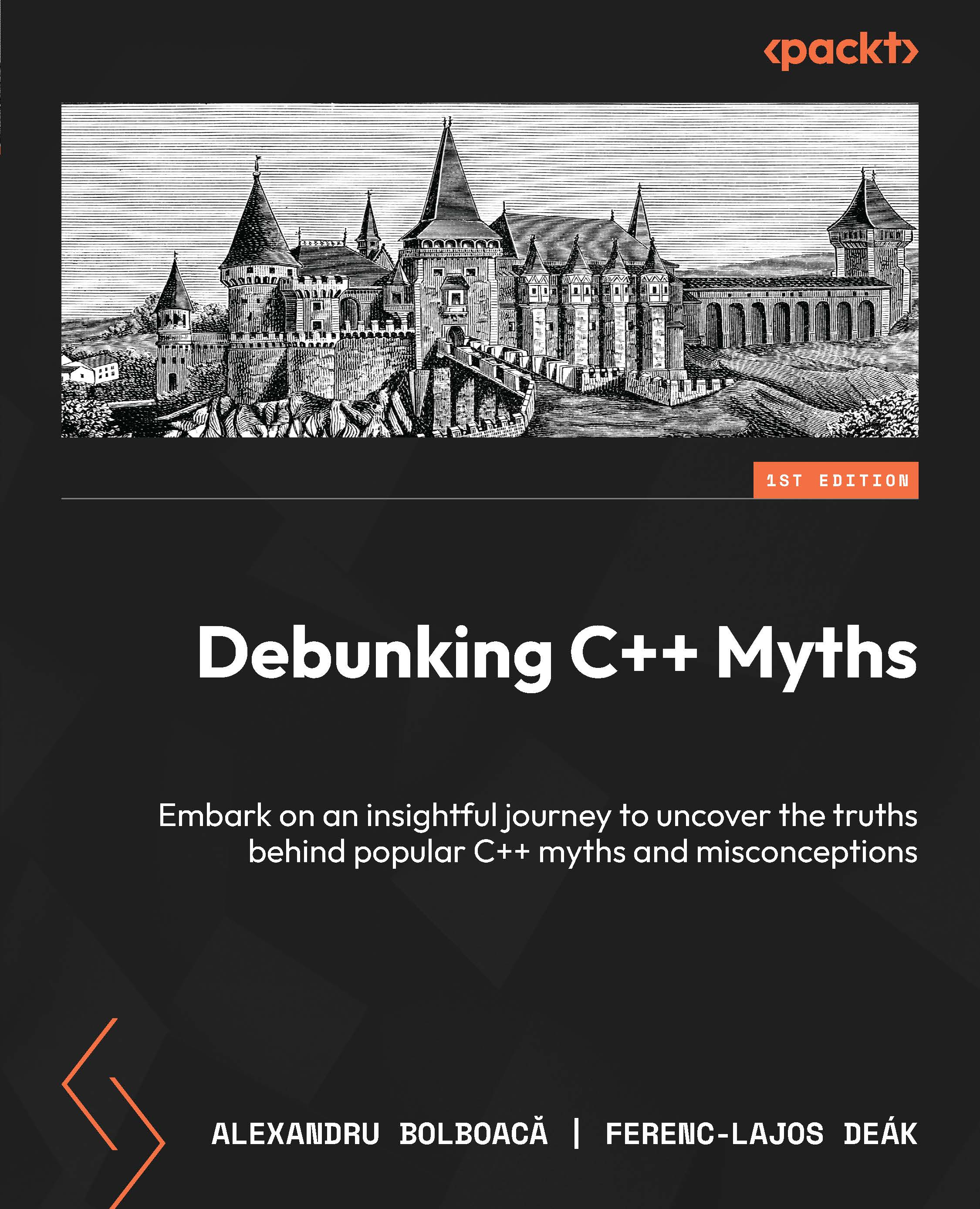Scala, being a multi-paradigm language, supports both paradigms. As we're learning Scala, we have the power of both of these paradigms. We can create functions as we need them, and also have objects talking to other objects. We can have class hierarchies and abstractions. With this, dominance over a particular paradigm will not affect another.
Today the need for concurrency, immutability, heterogeneity, reactiveness, and fault tolerant architectures with ever-shrinking development life cycles has drastically increased. In this era, languages such as Scala do more than they need to with their support for functional as well as object-oriented programming.
For a programmer like us, a language is a tool to create something meaningful. We tend to reuse and manipulate other tools as well, in our case let's say other libraries. Now, we would like to work with a language which provides us extensibility and flexibility in terms of its use. Scala does this. This powerful language lets you mix in newly created traits (you may not have heard about this, but you can compare it to Java's interfaces). There are a number of ways we can make our code more meaningful and of course concise. If used smartly, you can create your own custom constructs with native language features. So this language is as exciting as you are!
This is one of the reasons to learn it. There are other reasons behind why we would choose Scala over any other languages, and there's quite a few. Let's take them one by one. But first let's get confused:
"Scala is a functional language, supports multiple paradigms, and every function in Scala is an object."
Great! Now you know three main characteristics of this language. But it's hard to swallow. It's a functional language, and every function is an object. Really?
The following is an example of a trait defined in Scala, called Function1:
package scala
trait Function1[A, B] {
def apply(x: A) : B
}
There are more of these, from Function0 to Function22. There's a certain way of using these. We'll be using them many times in this book. We also refer to these as A => B (we call it, A to B). It means this function takes a parameter of type A, does some operation as defined, and returns a value of type B:
val answer = new Functiona1[Int, Int] {
def apply(x: Int): Int = x * 2
}
This feels a bit too much to start with but getting familiar with these constructs is a good idea. val is a keyword used to declare a value type. It means, once declared and instantiated, you can't change it further. This answer = (x: Int) => x * 2 becomes a function literal that can be passed to another function. We get to this point because we were able to instantiate an object of our Function1 trait (we'll see how this works in Chapter 7, Next Steps in Object-Oriented Scala).
Think of any two lucky numbers, now represent how you can add them. Suppose your numbers were 42 + 61. Here, your numbers 42 and 61 are objects of type Int and + is a method on type Int. This is the way you and Scala are going to treat entities. We'll treat entities as objects and operations performed on them as methods. And this is what makes this language scalable.
We can perform functional operations where inputs are transformed to outputs rather than changing data/state of them. With this in mind, most of our operations (almost all) will not depend on state change; means functions are not going to have side effects. One example could be a function which takes your date of birth and returns your age in terms of the number of years and months:
class YearsAndMonths(years: Int, months: Int)
def age(birthdate: Date): YearsAndMonths = //Some Logic
This is a pure function because it does not manipulate the input. It takes input, transforms, and gives output. Case class is just to help us here define the age in a certain manner. With this, we can introduce more terminology called referentially transparent methods. Our age method can be called referentially transparent. These method calls can be replaced by the result without changing any meaning/semantics of your program.
Pure functions, the concept of immutability, and referential transparency are here only to make this language more powerful. There are more reasons to choose this language as a tool for your next application.
 United States
United States
 Great Britain
Great Britain
 India
India
 Germany
Germany
 France
France
 Canada
Canada
 Russia
Russia
 Spain
Spain
 Brazil
Brazil
 Australia
Australia
 Singapore
Singapore
 Hungary
Hungary
 Ukraine
Ukraine
 Luxembourg
Luxembourg
 Estonia
Estonia
 Lithuania
Lithuania
 South Korea
South Korea
 Turkey
Turkey
 Switzerland
Switzerland
 Colombia
Colombia
 Taiwan
Taiwan
 Chile
Chile
 Norway
Norway
 Ecuador
Ecuador
 Indonesia
Indonesia
 New Zealand
New Zealand
 Cyprus
Cyprus
 Denmark
Denmark
 Finland
Finland
 Poland
Poland
 Malta
Malta
 Czechia
Czechia
 Austria
Austria
 Sweden
Sweden
 Italy
Italy
 Egypt
Egypt
 Belgium
Belgium
 Portugal
Portugal
 Slovenia
Slovenia
 Ireland
Ireland
 Romania
Romania
 Greece
Greece
 Argentina
Argentina
 Netherlands
Netherlands
 Bulgaria
Bulgaria
 Latvia
Latvia
 South Africa
South Africa
 Malaysia
Malaysia
 Japan
Japan
 Slovakia
Slovakia
 Philippines
Philippines
 Mexico
Mexico
 Thailand
Thailand

















